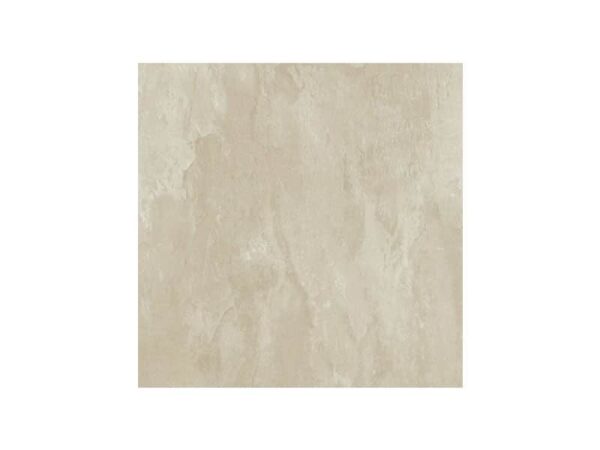What’s the Difference Between Wall and Floor Tiles?
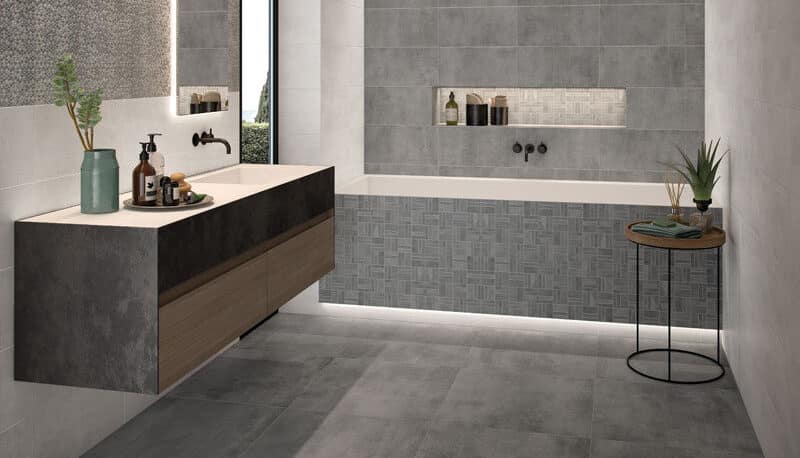
A common question that our sales team get is what’s the difference between a wall tile and a floor tile? Sounds easy enough, wall tiles are for walls and floor tiles for floors, right?
Unfortunately, it’s a little more complicated these days. Thanks to improvements in technology, changing trends for bigger tiles, and a few other boring factors. This question can get a bit confusing especially if you don’t deal with tiles every day!
We often hear people say that “ceramic tiles can only be used on the walls, and porcelain tiles are for floors”. But this isn’t true at all, you can actually use ceramic tiles on floors like our Deco range. And porcelain tiles on walls like our 3D Ridge wall tiles.
Below we’re going to do our best to bring you up to speed with this seemingly hot topic. And give you all the info you’ll need to be able to make the best choice for your new room.
Floor Tiles 101 – Everything you need to know
So what actually makes a floor tile a floor tile? Well for a start floor tiles need to be tough, strong and able to withstand scratches and wear. No one wants their new kitchen tiles to crack as soon as they stand on them or drop something!
Many tile manufactures use something called a PEI rating. This rating is a scale as to how resistant to wear a particular tile is. But this can be a bit misleading sometimes, therefore all of our partners in Europe use a few other factors to determine if a tile is suitable for a floor – like staining resistance and breaking strength.
Floor tiles tend to be a little bit more limited in their size, colours and finishes compared to their wall tile cousins. This is mainly due to restrictions in manufacturing to achieve the test results we talked about earlier.
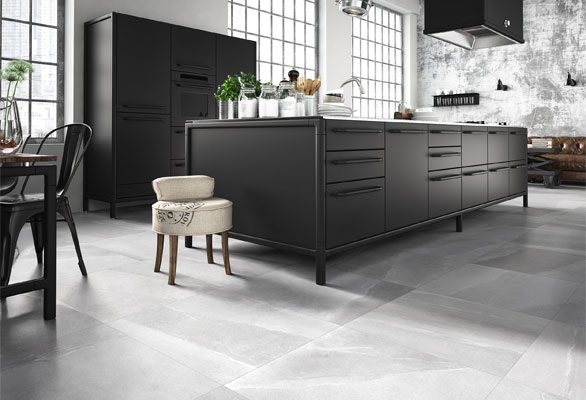
Wall Tiles Explained
Now wall tiles come in a much wider variety of colours, finishes and sizes. Thanks to the fact they don’t need to be as strong or bear as much weight as floor tiles. With this in mind, it also means that wall tiles are relatively easy to install as they are softer.
And with the new technology used today in the manufacturing of tiles, it means that wall tiles can be made in larger sizes which is where ceramic tiles shine. They are less dense, making them easier to cut and drill. But are less hard-wearing.
Another important factor is that many wall tiles use a “glaze” on top of the tile. This glaze is generally very soft, hence why you won’t usually find it on floor tiles. But can be coloured and patterned in any way possible! This means that the style of wall tiles is ever-expanding thanks to people’s imaginations and clever machines.
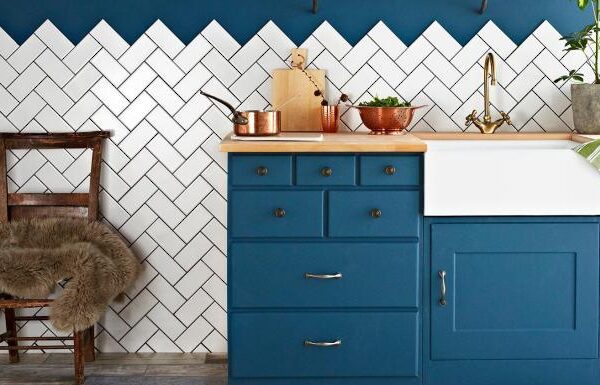
But…. Because there is always a but
To throw a spanner into the mix, any tile that can be used on the floor, be it ceramic or porcelain, can also be used on a wall. There are a few things to bear in mind though before you decide.
The main factor to consider is the weight of the tiles. Most walls that are plastered or skimmed can take around 20kg per square meter. Perfect for smaller ceramic tiles. And for tiling onto tile backer boards this shoots up to 60kg per m², ideal for even the largest porcelain tiles.
In Conclusion
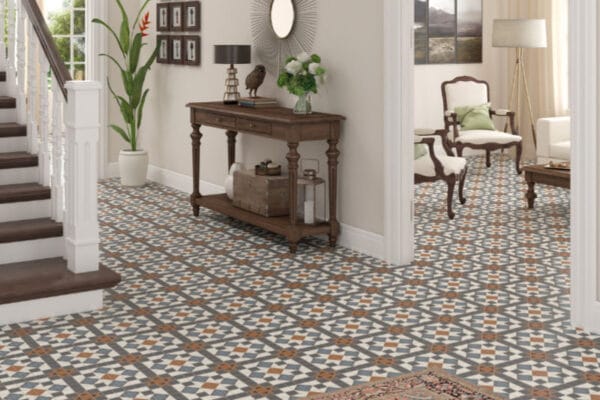
To round things up, both ceramic and porcelain tiles can be used on either walls or floors. For a tile to be used on a floor it’s all dependent on a few key factors such as PEI rating and strength etc. And any tile that can be used on your floor, can also be used on your walls, providing your background is strong enough!
Truth be told, next time you’re looking for some wall tiles, we recommend that you keep an open mind and maybe look across the whole selection of tiles. Something may just catch your eye and help make your mind up.
Recent Posts
Why Choose Us?
- Free Delivery over £249*
- Free Sample Delivery*
- 10,000 Square Meters in Stock


